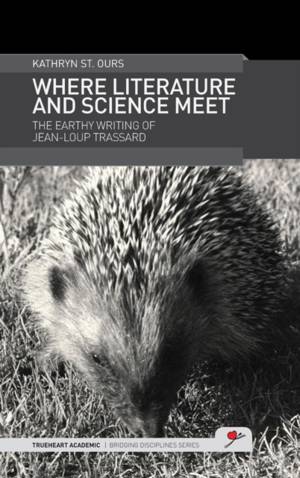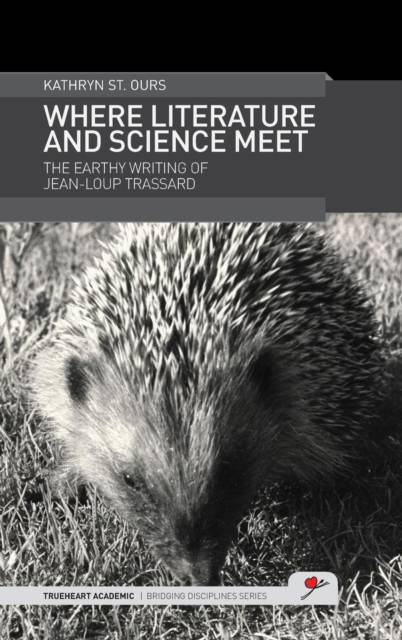
- Retrait gratuit dans votre magasin Club
- 7.000.000 titres dans notre catalogue
- Payer en toute sécurité
- Toujours un magasin près de chez vous
- Retrait gratuit dans votre magasin Club
- 7.000.0000 titres dans notre catalogue
- Payer en toute sécurité
- Toujours un magasin près de chez vous
144,45 €
+ 288 points
Description
Summary Jean-Loup Trassard has published more than forty books over the past 50 years. Despite the diverse generic and stylistic diversity of his work, he has remained constant in his effort to depict the rural way of life. Himself a lifelong inhabitant of an agricultural area in the northwest of France, his fiction, nonfiction and photography bear witness to the many changes that have affected our relationship to the earth over the same period. The global significance of the ecological themes that traverse his writings is presented here in English for the first time. More specifically, this ecocritical study examines the ecological implications of Trassard's literary and photographic production through the lens of science. Unexpected convergences between disciplines foster a deeper appreciation of the endeavors of each and their capacity for mutual enrichment. The Author Kathryn St. Ours holds a PhD in Romance Languages and Literatures from the Catholic University of America and is currently an Associate Professor of French in the Modern Languages, Literatures and Cultures Department at Goucher College near Baltimore, Maryland, USA. Her early research focused on the secular sacred and the fantastic in literature and cinema. More recently, she has published ecocritical pieces in Revue Romane, Interdisciplinary Studies in Literature and Environment and Hybrides et monstres. Transgressions et promesses des cultures contemporaines. Key Features provides an introduction to the literature and photography of Jean-Loup Trassard facilitates access to a heretofore virtually untranslated French author reveals interesting convergences between science and Trassard's writing and photography highlights the ecological dimension of Trassard's work contributes to the growing ecocritical discourse in literary criticism Contents Contents. Chapter 1: Introduction: Biographical sketch; Literary context; Socio-historical context; The advent of ecocriticism; Former studies devoted to Trassard; Summary and scope of the present study; Chapter 2: Trassard's ecopsychological ethnology: Principles of ecopsychology; Photographs of the Norman bocage; Ecopsychological ethnology in Dormancy; Country roads; Hedgerow; The farmstead; Hand tools and other human artifacts; Chapter 3: Human / vegetal relations: Brief history of biosemiotics; Trassard's biosemiotic writing experiments; Ecosemiotics: Human and vegetal interweaving; From sign to symbol; Mythological elements; Chapter 4: Human and nonhuman animal intertwining: How to become an animal; Domesticated animals; Mirror neurons; Taurus; Fantastical animal encounters; Chapter 5: Trassard's pseudo-cosmology? The implicate, explicate and super-implicate orders; Spiral Echo; Tidemarks; Writing and the implicate order; Chapter 6: Conclusion: Writing as cognitive play; Homo ludens; Literature and science; Going further; Appendix: 2013 Interview with Trassard; Bibliography
Spécifications
Parties prenantes
- Auteur(s) :
- Editeur:
Contenu
- Nombre de pages :
- 126
- Langue:
- Anglais
- Collection :
Caractéristiques
- EAN:
- 9780957301740
- Date de parution :
- 27-11-14
- Format:
- Livre relié
- Format numérique:
- Genaaid
- Dimensions :
- 156 mm x 234 mm
- Poids :
- 358 g

Les avis
Nous publions uniquement les avis qui respectent les conditions requises. Consultez nos conditions pour les avis.






